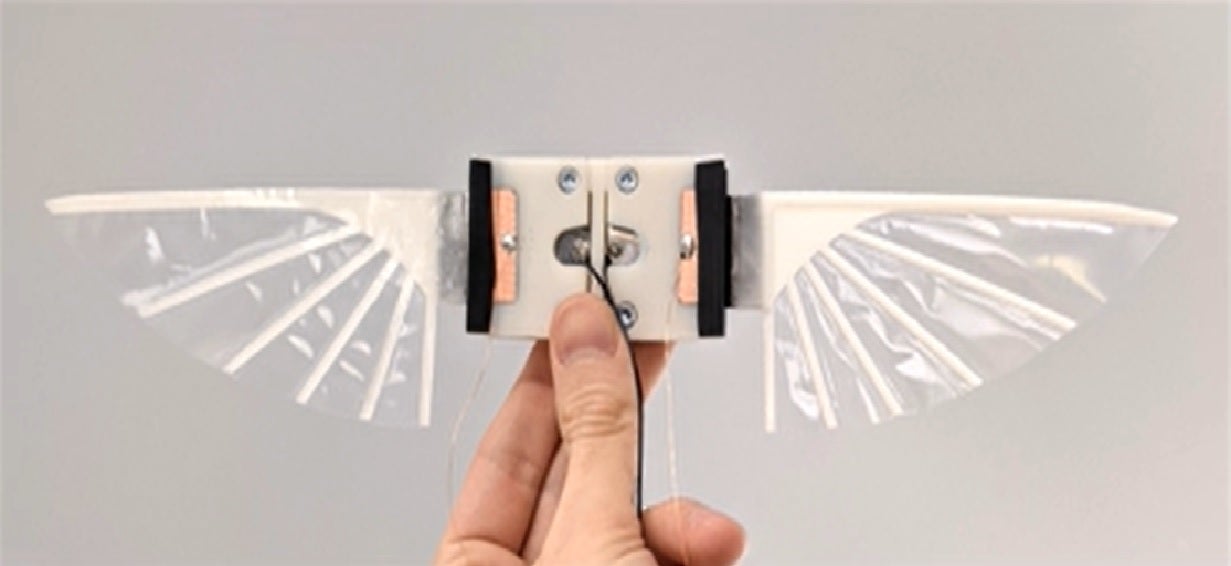Scientists develop robots the size of insects that flap their wings to fly
The robots could be used for environmental monitoring and search and rescue operations.

Your support helps us to tell the story
From reproductive rights to climate change to Big Tech, The Independent is on the ground when the story is developing. Whether it's investigating the financials of Elon Musk's pro-Trump PAC or producing our latest documentary, 'The A Word', which shines a light on the American women fighting for reproductive rights, we know how important it is to parse out the facts from the messaging.
At such a critical moment in US history, we need reporters on the ground. Your donation allows us to keep sending journalists to speak to both sides of the story.
The Independent is trusted by Americans across the entire political spectrum. And unlike many other quality news outlets, we choose not to lock Americans out of our reporting and analysis with paywalls. We believe quality journalism should be available to everyone, paid for by those who can afford it.
Your support makes all the difference.Researchers have developed insect-sized flying robots with flapping wings.
The new technology, inspired by bees and other flying insects, means conventional motors and gears are no longer needed to fly the devices.
It could pave the way for smaller, lighter and more effective, micro, flying robots for environmental monitoring, search and rescue, and use in dangerous environments like collapsed buildings.
Known as micro air vehicles, small, flying robots are better than other drones at manoeuvring in tight spaces and resisting air turbulence.
Making smaller and better performing flapping wing micro robots is a huge challenge
Until now, the robots have used motors, gears and other complicated systems to achieve the up-and-down motion of the wings.
As a result, this has added complexity, weight and other unwanted effects.
Jonathan Rossiter, professor of robotics at the University of Bristol led the team that successfully demonstrated an artificial muscle system, called the Liquid-amplified Zipping Actuator (Laza).
He said: “Making smaller and better performing, flapping wing, micro robots is a huge challenge.
“Laza is an important step toward autonomous, flying robots that could be as small as insects and perform environmentally critical tasks such as plant pollination and exciting emerging roles such as finding people in collapsed buildings.”
In the study, researchers show how their cost effective and easy to construct system can provide enough power to fly a robot across a room at 18 body lengths per second – more than insect muscle of the same weight.
They also demonstrated how Laza, which uses forces that pull or push on objects without touching them, can deliver consistent flapping, making the robots capable of undertaking long-haul flights.